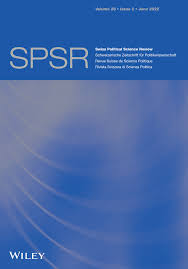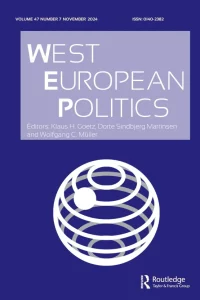Research in politics uses fictitious politicians to explain different processes. In experimental designs, the participants know that these politicians do not exist. However, we know little about what happens when people are not aware about this, and it remains unclear if they distinguish between fictitious and real politicians. Our article aims to explain what makes citizens identify a fictitious party leader. We use individual-level data from a survey conducted in Romania on a probability representative sample. Our analysis tests the extent to which characteristics associated to two opposing groups in society influence the identification of a fictitious party leader. The empirical evidence bears important implications for the literature on political sophistication and for the research emphasizing social desirability bias.





